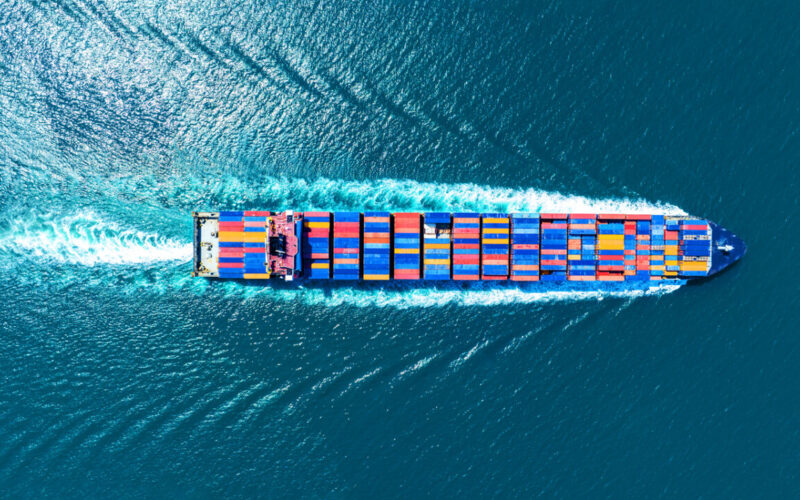The Baltic and International Maritime Council (BIMCO) has recorded that the average age of the container fleet has increased by 4.3 years during the past 13 years.
According to BIMCO, the average age hitting a recent low of 9.9 years in August 2010. The 2,516 ships delivered, and 1,384 ships recycled since then, have not been sufficient to keep the average age down.
Currently, 21 per cent of ships in the container fleet are over 20 years old and will be good candidates for recycling in the next years.
The size segments 0-2,999 TEU and 3,000-5,999 TEU comprise 76 per cent and 16 per cent of ships older than 20 years, indicating that fleet renewal in recent years has been centred on the post-panamax sectors.
READ: BIMCO publishes latest eBL standard
Niels Rasmussen, Chief Shipping Analyst at BIMCO, said: “Perhaps more importantly, nearly 70 per cent of all containerships are over 10 years old. All ships built according to slow steaming principles so far, have been delivered within the last 10 years, allowing for lower energy consumption per container carried.”
The current order book continues to prioritise the largest ships, found BIMCO, and the number of ships on order in the size segments below 6,000 TEU is much lower than the number of ships in the same segments older than 20 years.
In the 0-2,999 TEU category, 317 ships are on order, although 994 are more than 20 years old. Similarly, the size segment 3,000-5,999 TEU contains 210 ships older than 20 years but only 100 ships on order.
READ: BIMCO, Nautilus Labs release white paper for sustainable reform
Despite the dramatic drop in container freight rates over the last 15 months, BIMCO reports that ship recycling in 2023 has remained low when compared to the previous ten years. In the first nine months, 57 ships were recycled, compared to an average of 81 during the preceding 10 years.
Rasmussen added: “The order book contains 750 ships to be delivered before the end of 2025. Depending on the number of ships recycled, this should allow the average age to decline and the average energy efficiency of ships within all size segments to increase. In addition, the share of ships able to use alternative low carbon fuels will increase.”









